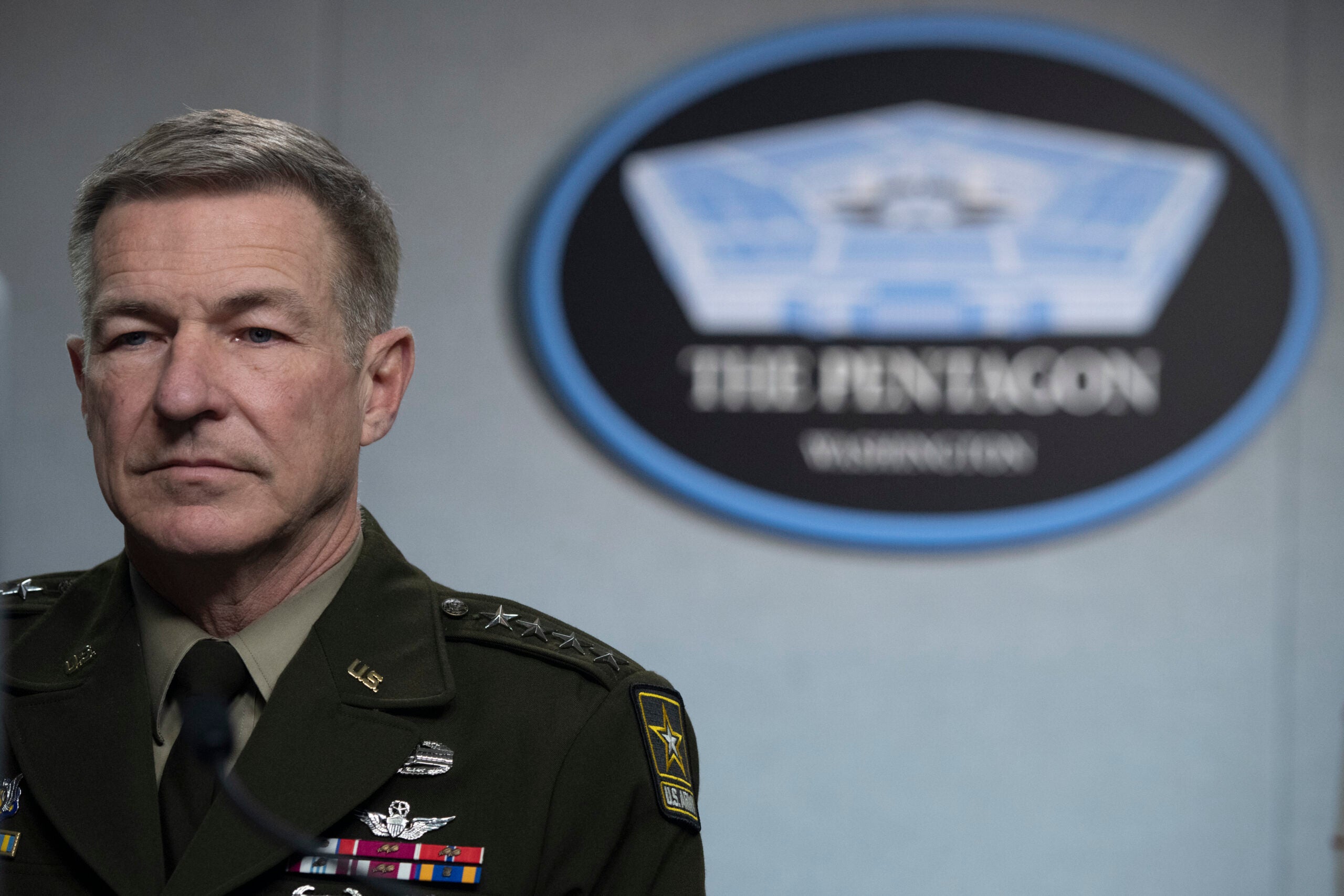Nicholas Charles Revello Plaintiff V.s Keren Laina Sangalaza Defendant
February 23, 2021
Veterans Day Message from President Trump
August 1, 2022
Navajo Code Talker Samuel Sandoval dies
August 1, 2022
Single Judge Application; English, 30 Vet.App. at 352-53; the Board must explain what it understands the terms “slight” and “moderate” in DC 5257 to mean so that appellant will ...
Single Judge Application; The Board cannot avoid adjudicating an issue before it, here the proper rating, simply because it may also arise in a different claim. See Rice, 22 ...
Hall v. McDonough, No. 19-8717 (Decided October 18, 2021); The particular form a claimant submits—correct or otherwise—has no bearing on the Board’s jurisdiction to hear an appeal. Although VA ...
Single Judge Application; Tedesco v. Wilkie; implicit bias against lay evidence; The Board’s analysis is substantially similar to the Board’s analysis in Tedesco v. Wilkie, where the Board noted ...
Single Judge Application; Davidson v. Shinseki, 581 F.3d 1313, 1316 (Fed. Cir. 2009); The RO’s request distinguished between the veteran’s statements and the other evidence of record: “rivate medical ...
Single Judge Application; Board’s use of double negatives (“not shown” and “unable”); In Bowling, the Court found that the Board’s use of double negatives (“not shown” and “unable”) to ...
Single Judge Application; substantive negative evidence; Fountain v. McDonald, 27 Vet.App. 258, 272 (2015); Horn v. Shinseki, 25 Vet.App. 231, 239 (2012); to the extent that the Board’s analysis may ...
Single Judge Application; writ; The Board’s decision to remand this matter, in order to obtain additional, and impliedly negative evidence, is an exercise of “naked and arbitrary power.” See Yick ...
"Should my board help me raise funds?" The obvious answer is yes, of course they should! Now comes the hard part. Getting the board to actually raise money is a ...
198 Veterans News - Copyright AllRights Reserved.
:quality(70)/cloudfront-us-east-1.images.arcpublishing.com/mco/T56ADX64ANDYNP5MWRKCULXRZA.jpg)



:quality(70)/cloudfront-us-east-1.images.arcpublishing.com/mco/QBYJTGYCQBHSVITAL32RAO7HAA.jpg)




:quality(70)/cloudfront-us-east-1.images.arcpublishing.com/mco/YVREBMCGTNFNTI6PSBKVQDR7CU.jpg)

